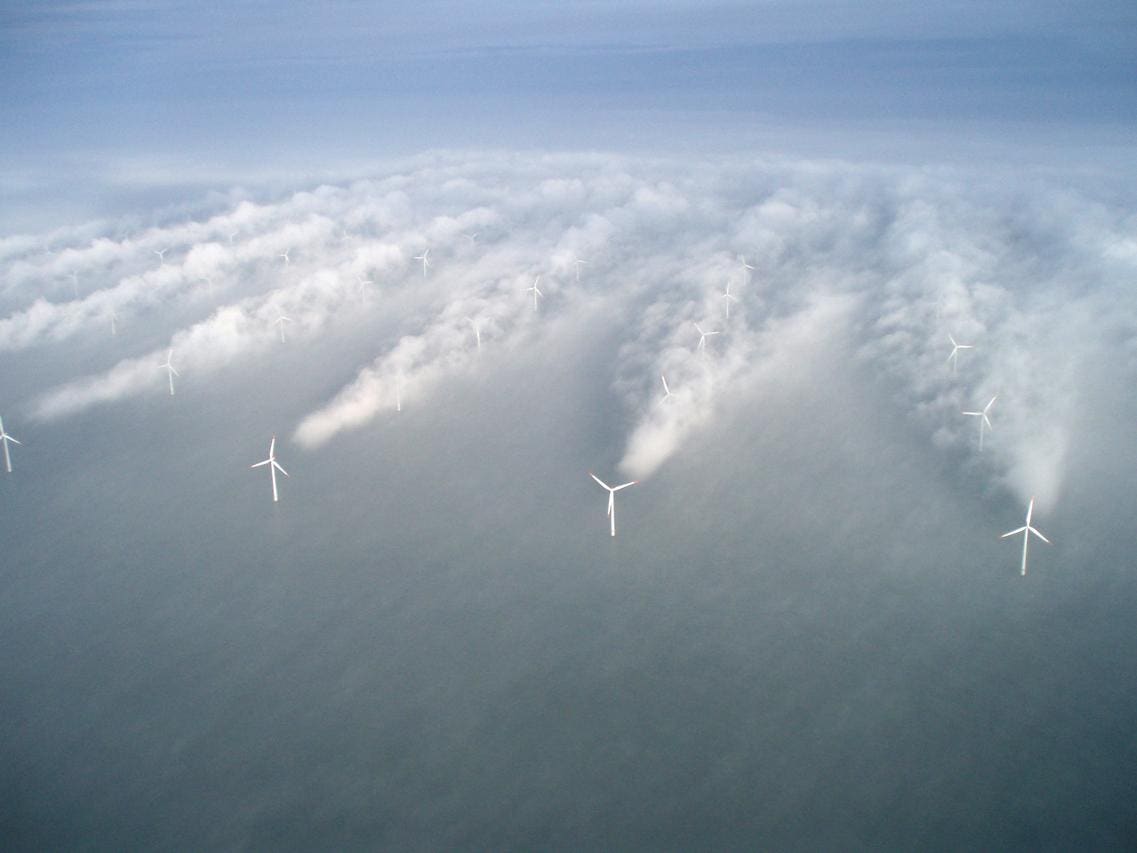Renewable Energy Outstrips Our Ability To Use It. Here’s The Fix
October 22, 2024

In the run up to Cop 29 the Labour government is pressing on with its commitment to decarbonising the U.K.’s power system by 2030. This month at a summit in London’s historic Guildhall, prime minister Sir Keir Starmer’s called on global investors to unleash ‘the shock and awe of investment.’ This follows a promise of £24bn of green investment unveiled earlier.
Without significant structural change and massive private investment, however, the chances are the U.K. will miss its target. In a report to Parliament this July, the Climate Change Committee assessed only a third of the emissions reductions required to meet the country’s 2030 targets were covered by credible plans.
“To hit the U.K.’s net zero targets, we will need to generate 3 – 5 times as much electricity as currently,” agrees Suzannah Lashford, Head of Business Development at Vattenfall Networks, a subsidiary of the Swedish-owned energy provider.
One of the main constraints is the electricity grid. Much of the infrastructure was built in the 1960s, and outdated equipment and design is struggling to keep up with the surge in electricity demand from modern, renewable energy sources. “Now it [the grid] is playing catch-up in terms in developing infrastructure and generating the power needed for renewable energy,” says Lashford.
Shock and Awe: British Prime Minister Keir Starmer
Getty Images
Bottlenecks in processing and planning are also preventing renewable energy projects from connecting to the grid, with as many as 600 renewable energy projects waiting for connection. Wait times can stretch up to a decade. To support additional renewable capacity, the U.K. requires large investments in new transmission lines, substations, and digital infrastructure, but upgrades happen slowly, limiting the speed with which new projects can come online.
Lack of investment
“Decades of underinvestment – both governmental and private – in the power grid have left it unable to handle the projected increase in electricity demand. The expected doubling or tripling of demand by 2050, driven by the uptake of electric vehicles and heat pumps, will only exacerbate the problem,” argues Lashford.
The current U.K. grid was designed for energy to flow in one direction, from large-scale generators to consumers. However, with the rise of decentralised renewable sources like solar and wind, this model is becoming outdated.
At times, more renewable energy is generated than the grid can handle, so wind and sometimes solar producers are often paid to shut off production. This creates curtailment costs, which are ultimately passed on to consumers. These costs are expected to increase significantly over the next decade.
This is not just a problem in the U.K. Worldwide, grid storage capacity lags renewable energy growth. Global investment in renewable power surpassed $700bn last year, but too much is being wasted, with grid and storage capacity falling behind the growth in renewable sources.
Electricity pylons at sunset near Guestrow, Germany.
Getty Images
For instance, according to the state bank KfW, Germany needs around €300bn ($325 bn) by the middle of the century to equip its power grids for decarbonisation.
This is where battery energy storage systems come in.
“Batteries help to stabilise the wobbles in renewable energy,” explains Lashford. “By storing excess renewable energy and releasing it when it’s needed, energy storage can help reduce the pressure on the grid as well as allowing businesses to plan for future energy needs.”
Vattenfall operates the largest onshore battery farm in the U.K., in the Afan valley at Pen y Cymoedd in South Wales. It has run a 22MW battery, using lithium-ion batteries housed in shipping container units, at the site since 2018. The company claims that this battery can respond to the needs of the National Grid in less than a second.
As an Independent Distribution Network Operator, Vattenfall uses the infrastructure in which it has invested to help clients realise energy efficiency gains and meet decarbonisation targets, with solutions such as power quality and energy efficiency upgrades, electric vehicle charging, solar photovoltaic (PV) and battery energy storage systems. The idea is customers can plan for future energy requirements while keeping upfront costs down and reducing the strain on the grid.
Solar and wind power have captured the world’s attention, but the energy must be stockpiled if the world is going to move away from fossil fuels. Power storage may not be the topic that sets the world alight, but it’s essential for the transition to green energy.
TREORCHY, WALES – AUGUST 1: Wind turbines dot the landscape at Pen y Cymoedd Wind Farm on August 1, … [+]
Getty Images
Search
RECENT PRESS RELEASES
Related Post



